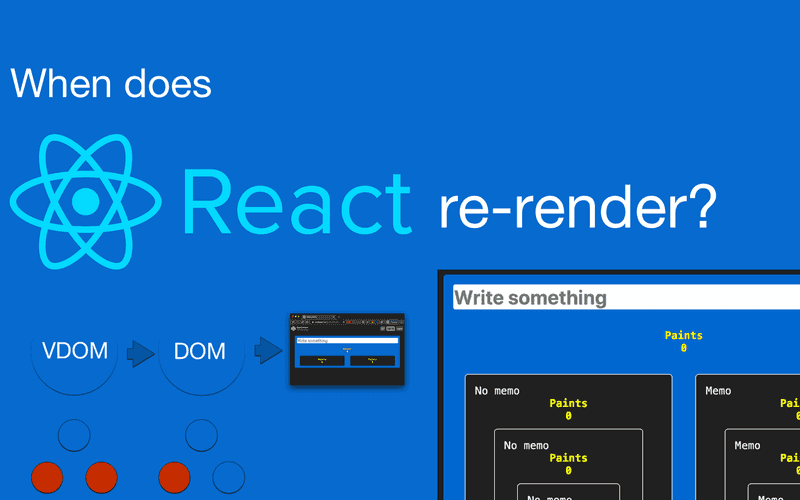In JavaScript, particularly in React, managing state updates efficiently is crucial for optimal performance. Understanding shallow copies and their implications on re-renders is essential.
Shallow Copy in React State Updates
When updating state in React, it's important to create a new state object or array to ensure React detects the change and triggers a re-render. A shallow copy means creating a new array or object that has the same values or references as the original, but is itself a new reference.
Creating a New Array with the Same Data but a New Reference
To create a new array with the same data but a new reference, you can use methods like slice(), the spread operator (...), or Array.from():
const originalArray = [1, 2, 3];
// Using slice()
const newArray1 = originalArray.slice();
// Using spread operator
const newArray2 = [...originalArray];
// Using Array.from()
const newArray3 = Array.from(originalArray);Each of these methods creates a new array with the same elements as originalArray, but the arrays themselves are different objects in memory.
Creating a New Array with the Same Data and Same Reference
Creating a new array with the same data and the same reference isn't possible directly because assigning an array to a new variable doesn't create a new reference; it just points to the same array. For example:
const originalArray = [1, 2, 3];
const sameArray = originalArray;In this case, sameArray is not a new array; it is just another reference to originalArray.
React and Re-renders
React relies on the concept of immutability to detect changes in state or props. When state updates create a new reference (e.g., a new array or object), React can see that the state has changed and triggers a re-render.
Example of State Update with a New Reference
import React, { useState } from 'react';
const MyComponent = () => {
const [items, setItems] = useState([1, 2, 3]);
const addItem = () => {
// Creates a new array with a new reference
setItems([...items, 4]);
};
return (
<div>
<button onClick={addItem}>Add Item</button>
<ul>
{items.map(item => (
<li key={item}>{item}</li>
))}
</ul>
</div>
);
};
export default MyComponent;In the above example, using the spread operator to create a new array with setItems([...items, 4]) ensures that React detects the change and re-renders the component.
Example of State Update with the Same Reference (Incorrect)
import React, { useState } from 'react';
const MyComponent = () => {
const [items, setItems] = useState([1, 2, 3]);
const addItem = () => {
// This does not create a new array; it mutates the existing one
items.push(4);
setItems(items); // React may not detect this change
};
return (
<div>
<button onClick={addItem}>Add Item</button>
<ul>
{items.map(item => (
<li key={item}>{item}</li>
))}
</ul>
</div>
);
};
export default MyComponent;In this example, items.push(4) mutates the existing array, and setItems(items) does not create a new reference. React may not detect the change and might not re-render the component.
By creating a new array (or object) with a new reference when updating state, you help React to efficiently detect changes and manage re-renders.
